
The Top Four Tips for a Sustainable Bathroom
Last Updated: Apr 13, 2025One of the most primary aspects related to sustainability at home has to do with water usage. Over 1 billion people in the world have no access to water. And, close to one out of every three people suffer from inadequate sanitation. For those of us fortunate enough to be born into a developed country where fresh and safe water appears seamlessly from several faucets located throughout our home, we must urgently consider how we can implement sustainability elements into how we use the water in our homes.
According to the United States Geological Survey (USGS), the average American person uses between 80 and 100 gallons of water for household use every day. The vast majority of that water is used for flushing toilets and taking baths or showers. In 2020, water use at home has increased due to the Coronavirus pandemic. On average, American households have used 24 gallons additional per day. With so many more people aware of the importance of thorough handwashing and working from home, these increases are likely with us for the long term.
Our bathrooms, then, are one of the most water-wasting areas in our homes. Finding ways to make our bathrooms more water-smart, then, is another facet in our approach to sustainability in the house.
Below, we offer four tips to help people make their bathrooms more sustainable and environmentally responsible.
Table of Contents
- What Can You Do To Save Water?
- What Bathroom Lighting Updates Are Best?
- What Is A Toilet Tank Sink and Why Should You Install One?
- What Are The Benefits of Motion Sensor Water Faucets?

What Bathroom Lighting Updates Are Best?
One of the easiest (yet often overlooked) ways to reduce your bathroom's environmental footprint is related to the lighting fixtures you use. LED and integrated LED light bulbs will save you not only money but also notable amounts of energy. A typical incandescent bulb uses 60 watts of power, while the most energy-intensive LEDs only use around 10 watts. For 25,000 hours of use, you would need 21 incandescent bulbs but only one LED bulb.
While the upfront price of purchasing LEDs might be slightly more costly to buy, prices have decreased in the past few years. Over the 25,000 hours of usage, an LED will cost you around $30 in electricity, while incandescent bulbs would cost you upwards of $180. Fortunately, almost all light fixtures in bathrooms can easily be changed to LED bulbs making this one of the easiest and efficient ways to make your bathroom more sustainable.

What Is A Toilet Tank Sink and Why Should You Install One?
Toilet tank sinks are essentially a sink on the top of your toilet's tank. They redirect the soapy water from our bathroom sinks, called greywater, to the toilet's water tank. This installation can significantly impact your water use, compared to conventional toilets that use fresh water to wash our waste into the sewer or septic system?
With toilet tank sinks, every time we wash our hands, brush our teeth, shave, or do any other activity in front of the bathroom mirror, water will gradually fill the toilet's water tank. When we eventually use the toilet, the water used to flush our human waste will not be fresh, potable drinking water. Instead, it will be greywater that is unfit for human use. This simple plumbing fixture can help us save thousands of gallons of drinking water each year that is usually flushed uselessly down our toilets.
Water Saving
Shop home improvement products that help save and conserve water.
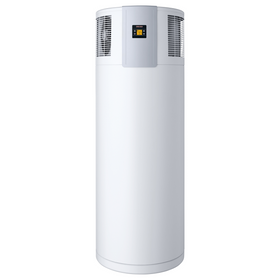
Stiebel Eltron Accelera 300 E Heat Pump Water Heater
Stiebel Eltron
Out of Stock
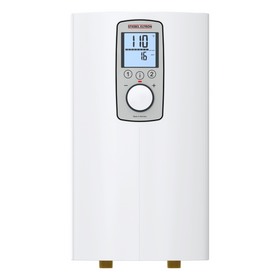
Stiebel Eltron DHC-E 8/10-2 Plus Point-of-Use Electric Tankless Water Heater - 202145
Stiebel Eltron
In Stock
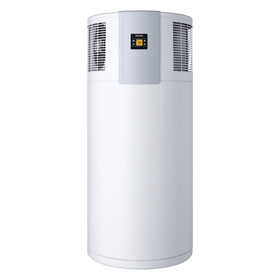
Stiebel Eltron Accelera 220 E Heat Pump Water Heater
Stiebel Eltron
In Stock
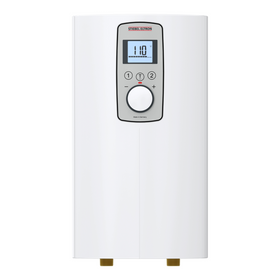
Stiebel Eltron DHC-E 3/3.5-1 Trend Point-of-Use Electric Tankless Water Heater - 200057
Stiebel Eltron
In Stock
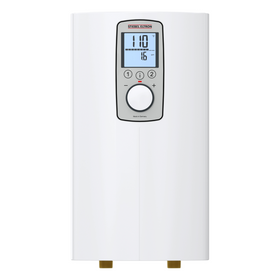
Stiebel Eltron DHC-E 12/15-2 Plus Point-of-Use Electric Tankless Water Heater - 200056
Stiebel Eltron
In Stock
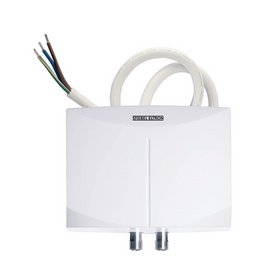
Stiebel Eltron Mini 2-1 Single Handwashing Sink Electric Tankless Water Heater
Stiebel Eltron
In Stock
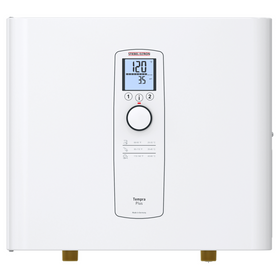
Stiebel Eltron Tempra 24 Whole House 24 kW 5 GPM Electric Tankless Water Heater
Stiebel Eltron
In Stock
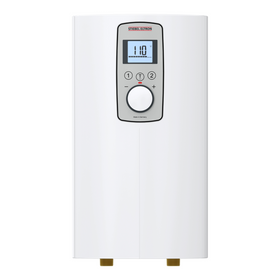
Stiebel Eltron DHC-E 8/10 - 2 Trend Point-of-Use Electric Tankless Water Heater - 200058
Stiebel Eltron
In Stock
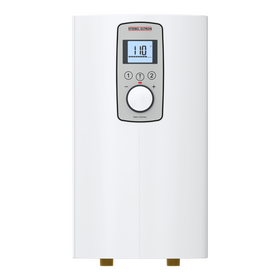
Stiebel Eltron DHC-E 4/6.2 - 2 Trend Point-of-Use Electric Tankless Water Heater - 200061
Stiebel Eltron
In Stock
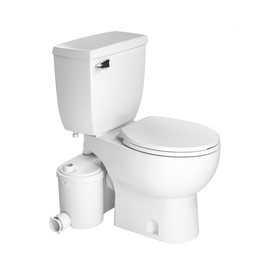
Saniflo Sanibest Pro Combo Macerator System
Saniflo
In Stock

With these four simple tips, you can easily reduce your bathroom's impact by limiting your water use and minimizing the ecological impact of your trips to the bathroom.
Tobias Roberts
Tobias runs an agroecology farm and a natural building collective in the mountains of El Salvador. He specializes in earthen construction methods and uses permaculture design methods to integrate structures into the sustainability of the landscape.


